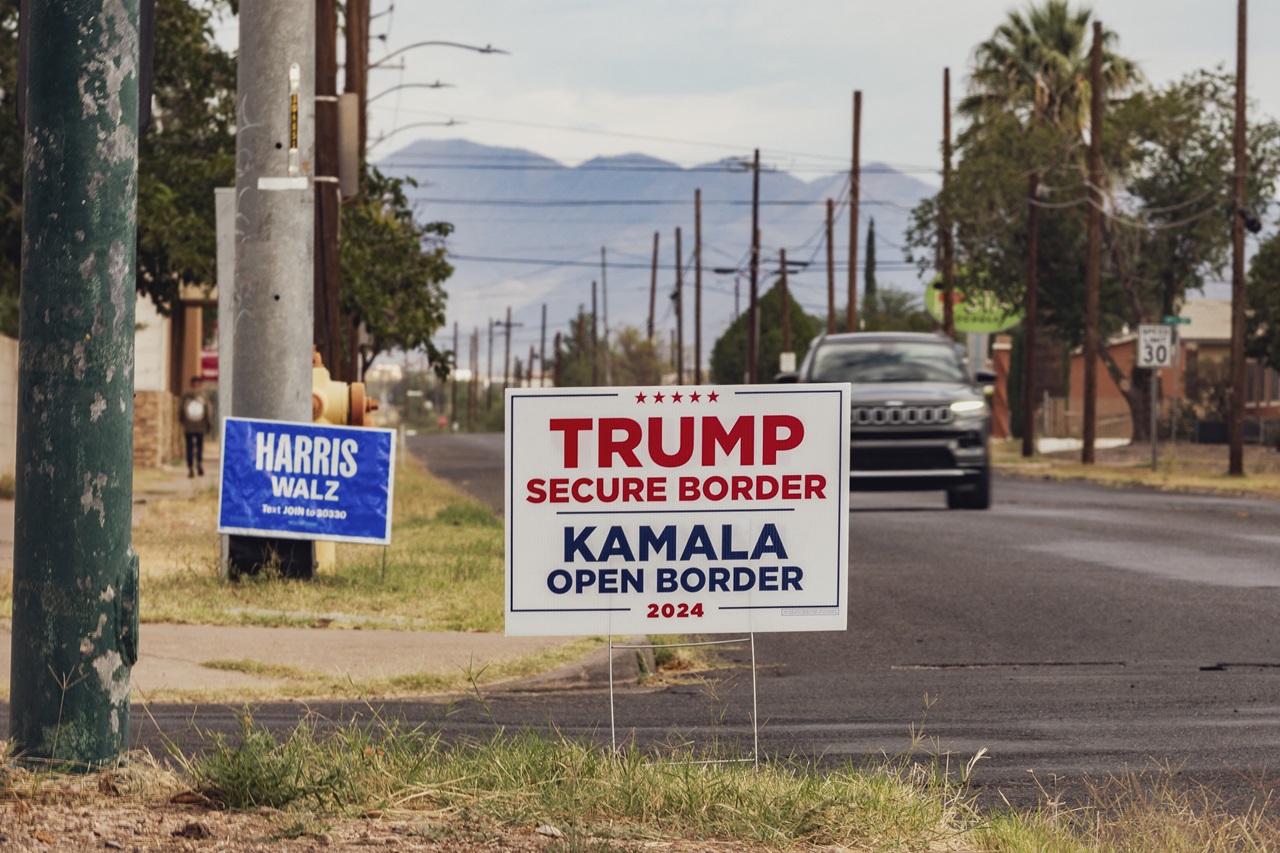
Federal Reserve Responds to Coronavirus
To lessen the havoc wrought on the economy by COVID–19, the Federal Reserve has reduced interest rates to almost zero.
As the economic shock looms over the United States, various measures have been taken by both the legislative and executive branches of government and the Federal Reserve to lessen its severity as much as possible, as well as to ease the response capacity of federal health agencies.
On March 6, it was announced that Congress had approved the release of an $8.3 billion budget for the epidemiological containment of COVID-19. This fund will be distributed as follows: $3.1 billion to the Department of Health and Human Services (HHS), $950 million to local health departments, $300 million to invest in vaccine and treatment development, and $1.25 billion to contribute to international funding for pandemic control.
However, containing the pandemic, the effort to smooth out its exponential growth curve, necessarily hits the economy: the only way to decrease contagion is by making people relate less to each other - and this old trick has been proven since the oldest epidemics in history - but less circulation and less consumption affects businesses and producers, resulting in people's jobs once the epidemic is over.
You have to imagine it working on a small scale first, to understand how it affects in larger proportions: think of the neighbourhood you live in; you are asked to stay home, make provisions for a couple of weeks and don't go out. Then you go to the store, buy what you need (or what you can, given the flood of people who have overbought and out-supplied others) and stay home. Simultaneously, the places that sell other kinds of products (shoes, clothes, gyms, technology, etc.) can't do business because their customers are confined and the workers themselves must be too, so their finances become unbalanced and many of them close down. Meanwhile, in the factories that supply the neighborhood store, the workers begin to get sick and have to send them home; consequently, production stops and they cannot sell, even if they want to and there are people willing to buy from them. And this is being repeated everywhere.
Governments have many mechanisms designed to inject money into people's economies, to help that worker whose appliance store had to close because they were not buying from him. But in this scenario the production chain breaks down everywhere and there is little that can be done to supply the production chain: producing takes longer than delivering money.
Since there is no way to contain the pandemic without affecting the economy, central governments across the globe have announced palliative measures, but what we are seeing is that they will not be able to cope.
The House of Representatives introduced a law in response to the crisis called the Families First Coronavirus Response Act, which will have a budget of more than $3.6 trillion to subsidize needs such as infant feeding, low-income pregnant mothers, disability payments to health care providers and other sectors of the population (although for this point they only contemplated $5 million for the entire country), $1 billion for compensation for unemployment caused by the epidemic and $500 million in subsidies to states where unemployment grows by 10% or more. This bill was signed by President Trump on Saturday, March 14.
RELATED CONTENT
Another measure being considered is a radical reduction in taxes on the population. However, this option is viewed with more caution by Democrats, as it could mean a reduction of up to $800 billion in state revenue.
Additionally, the Federal Reserve announced a drop in interest rates to almost zero. In concrete terms, this seeks to make it more viable for people to access and pay back loans, or to pay off loans without growing in debt; this will apply to debts such as home mortgages, student loans and credit cards (although the impact at this point will take a couple of months to be felt). Ultimately, the goal of this measure is to ease people's economic burden, so that they can consume more and feed the economy.
The basic problem with this economic crisis that is looming over us is that it affects both consumption and the supply of products and the entire productive fabric necessary for the functioning of the economy and, consequently, for the continuity of our way of life.
The complexity of the issue is such that Noah Feldman, in an interview with Stefanie Stantcheva, professor of economics at Harvard, compared it to the fall of Rome and how this gave way to the beginning of the Middle Ages. Stantcheva, surprisingly, said that the impact could be equivalent.
The equivalence of that impact means that, because of the magnitude of the pandemic, the complexity and the variety of effects it is having, it is possible that once the health crisis is overcome (as has always been the case throughout history), the way in which our societies are reconfigured may be radically different from what we have in mind today.
As Stantcheva pointed out, it is not only the growth of the epidemiological curve that needs to be smoothed out, but also that of the economic crisis. Even so, in a world as interconnected and vertiginous as the one we inhabit, it will be interesting to see how our society is transformed in the face of the imperative of having to stop.











LEAVE A COMMENT:
Join the discussion! Leave a comment.